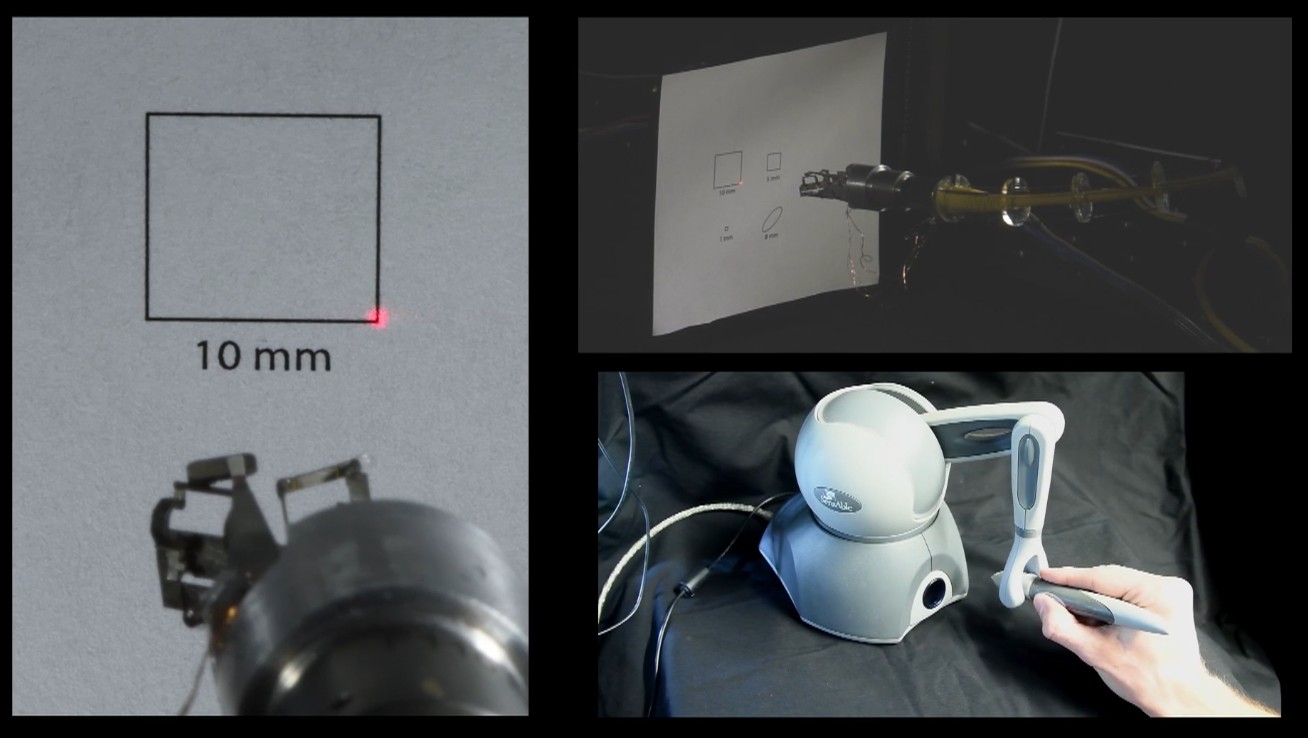Minimally invasive surgery aims to operate on a patient without causing significant scarring and other unwanted damage. Researchers recently unveiled a micro-robot with a laser whose diameter is as small as that of a simple straw!
Classic surgical techniques naturally call for the use of a scalpel. Nevertheless, the size of the scars and the potential damage are nowadays less and less acceptable. For some time now, some practitioners have been using minimally invasive surgery. This allows you to make mini-incisions on the skin. The advantages are aesthetic but also practical, since it is a question of limiting the damage in muscles and tendons.
However, surgeons adept at this kind of technique face a significant obstacle, namely a lack of precision under certain manipulations. A publication in the journal Science Robotics January 13, 2021 details a very small robot equipped with a laser with a 5mm diameter , as much as a straw. This innovation is the work of a team from the Wyss Institute at Harvard University (USA).

When it comes to minimally invasive surgery, doctors usually use specific instruments to penetrate the body. These are tools whose ends are very flexible , thus playing the role of extension of the hand. The objective? Gain precision. Let's also mention the fact that surgeons sometimes need to cut tissue or stop internal bleeding. Two solutions are therefore available to them:the use of a laser and the transport of energy in the form of heat.
Regarding the laser, it is straight line operation . In other words, it can only act on the parts of the body located in its line of sight. The second solution is to use a cable (or electrodes) to carry energy to the flexible instrument inside the body. If this solution allows access to more areas of the body, the precision of the surgeon concerning other gestures is unfortunately limited. There is therefore a significant risk of damaging the fabrics here.
The team of robotics researchers at the Wyss Institute has chosen to combine the two techniques in the operation of their micro-robot. This is a laser guided device that can be attached to the end of a flexible instrument. The first experiments showed that micro-robot effectively manages to map and follow paths that are not very obvious. It slips easily where the need for precise and rapid ablations is felt.
Doctors always take care to impact the rest of the body as little as possible during an intervention. However, minimally invasive surgery remains something very delicate. The US researchers' mini-robot is therefore intended to help professionals enter the bodies of their patients by limiting the risks as much as possible . Finally, let's mention the fact that this same team from the Wyss Institute is at the origin of another small health robot:the mini-RCM, intended to assist surgeons.